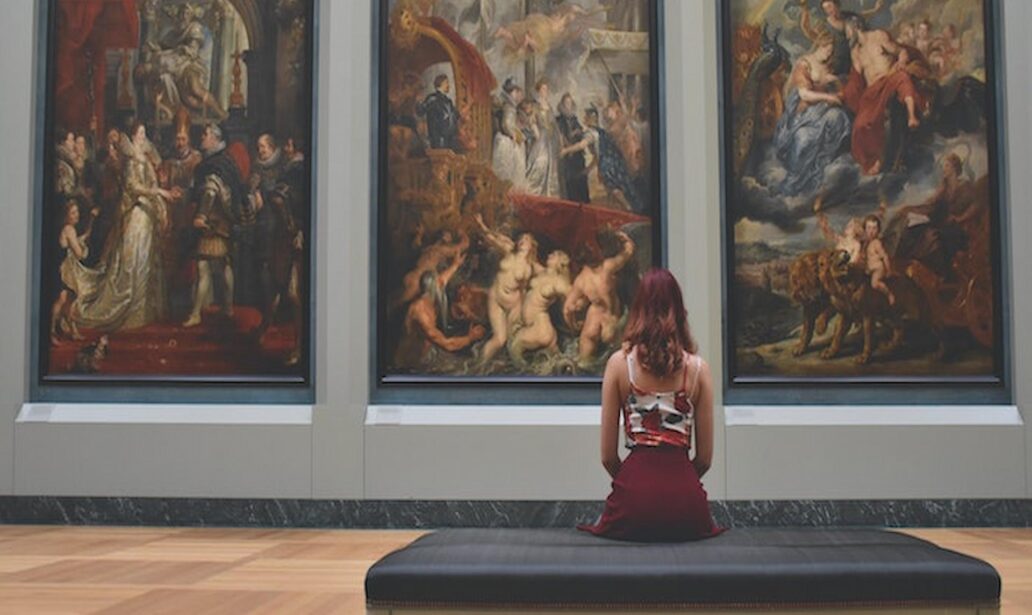Picking out an original work of art for your house may be a daunting endeavour if you don’t know where to look, what to look for, or how much you can afford to spend.
I know how you feel since I’ve experienced something similar. As I’ve always had an appreciation for visual art, my challenge wasn’t in finding interesting items (since they’re hiding in plain sight!!). Simply put, I didn’t want to go into debt over it. Whether you’re a young parent with a mortgage and children to support or a retiree living on a limited budget, investing in works of art may be challenging.
Thankfully, I figured out how to obtain the furniture I needed for our house without falling into serious debt, and now I’m going to share my secrets with you.
Before I begin, it is vital that you choose works of art that you like, regardless of their medium. Having a piece of art in your house is a great way to express your style and personality. Do not give in to the pressure to conform to a trend or to the preferences of a partner whose taste in art is fundamentally at odds with your own. When it comes to creativity, everything goes. The whole family will find something they like.
Then, give a variety of Art styles and techniques some thought.
Walls aren’t the sole place for art, and neither are canvases or framed documents. Sculpture, tapestries, rugs, and even handcrafted cutlery and home décor products are just some of the various materials that may be used to create works of art that can be bought, exhibited, and enjoyed. Many artistic styles might be classified as different art forms.
A work of art’s “Art Form” refers to the medium in which it was created (oil on canvas, sculpture, photography, etc.), while “Art Style” describes the aesthetic qualities that make up that work (i.e. Inuit Art, Abstract Art, etc.).
Canvas paintings and works on paper, including originals and prints in a variety of media (watercolours, graphites, sanguines, charcoals, chalk pencils, etc.), dominate residential art collections.
– Any kind of photography, especially those including landscapes, animals, or from above.
Sculptures, Tapestries, and Other Works of Art; To decorate our house, I have even repurposed non-artistic items. Plants are beautiful and functional wall art, as I’ve written about before.
No rule says a wall may only hold the artwork. Only you can decide what constitutes art and what looks good in your house. If you want to put anything on display in your house, it’s probably because you have strong feelings about it or believe it will have sentimental value for your visitors. I’m originally from Milan, Italy, and I’ve utilized; Maps. Since I moved across the ocean, I tracked down a map of the city, had it framed, and tacked it up on the wall.
Posters; I purchased three posters—two for an opera and one for a Botero exhibit—during our European travels, and I laminated and framed all of them before hanging them in our house.
I decorated our house with a few brightly coloured children’s crafts. These are excellent examples of Ancient Art.
Pictures of yourself; if you like photography from Famous abstract art and are skilled at it, you may choose the finest shots to hang on your walls. Photographs of landscapes and the like may be shown in the living room or dining room, but family photos should be kept in the bedroom.
There are some gorgeous calendars available on canvas art direct, and I’ve purchased one or two that I’ve subsequently repurposed as art. I tore out my favourite month and hung it on the wall.
Decorate your walls with plants; in a recent piece, I discussed the numerous options available to you, such as buying a moss wall or making a hanging terrarium.
Bookshelves that don’t attach to the wall are an eye-catching method to display your reading material and liven up a bland wall space.

